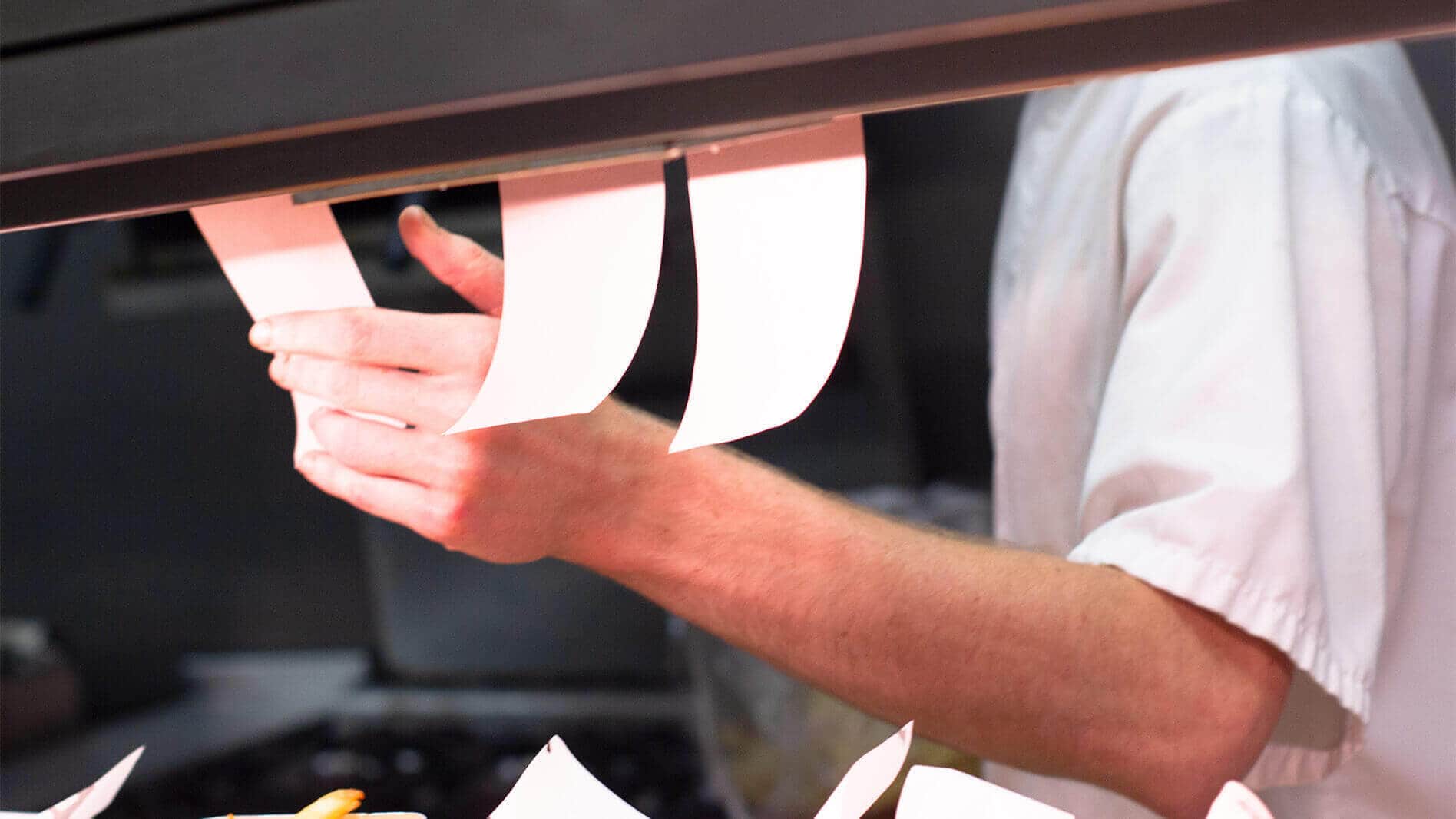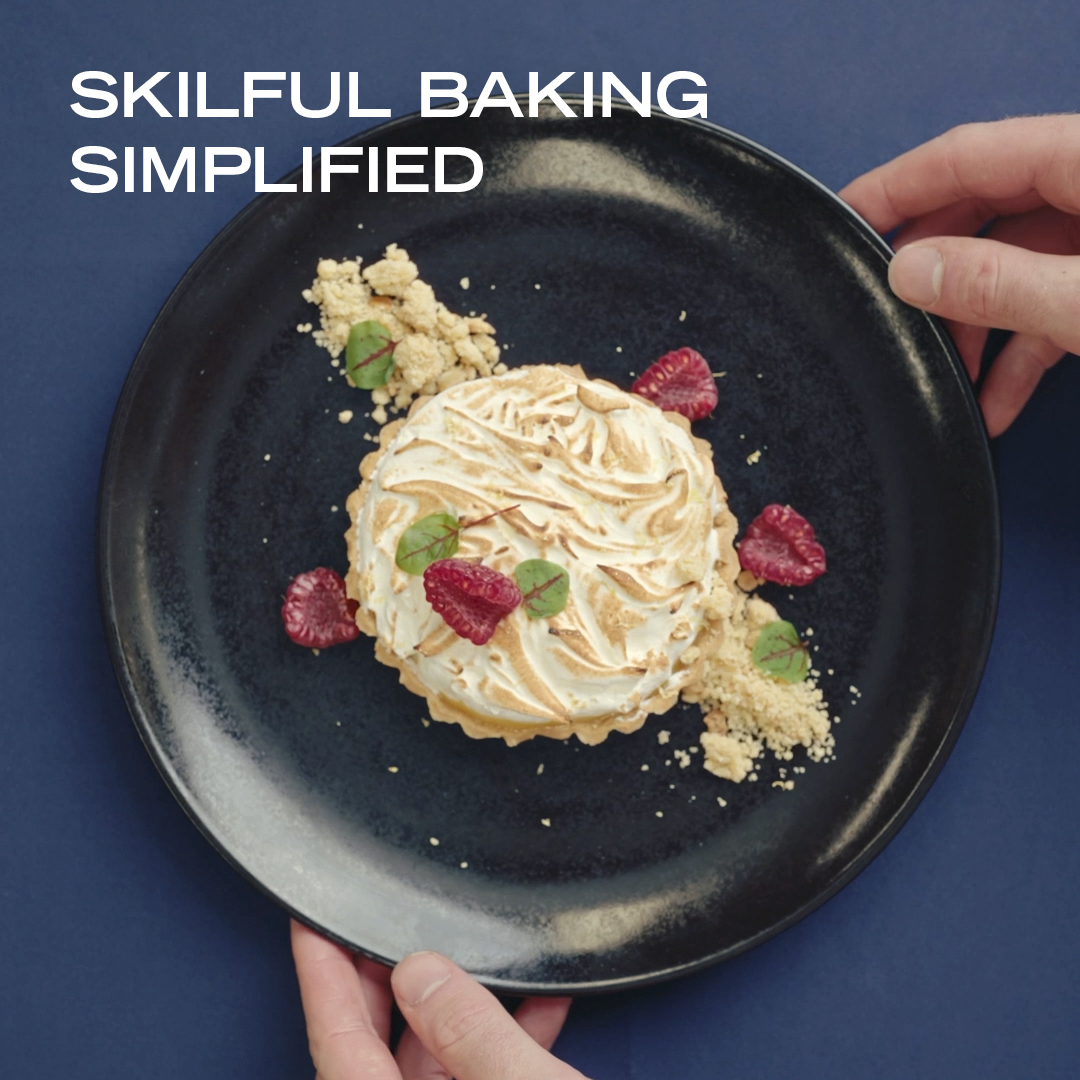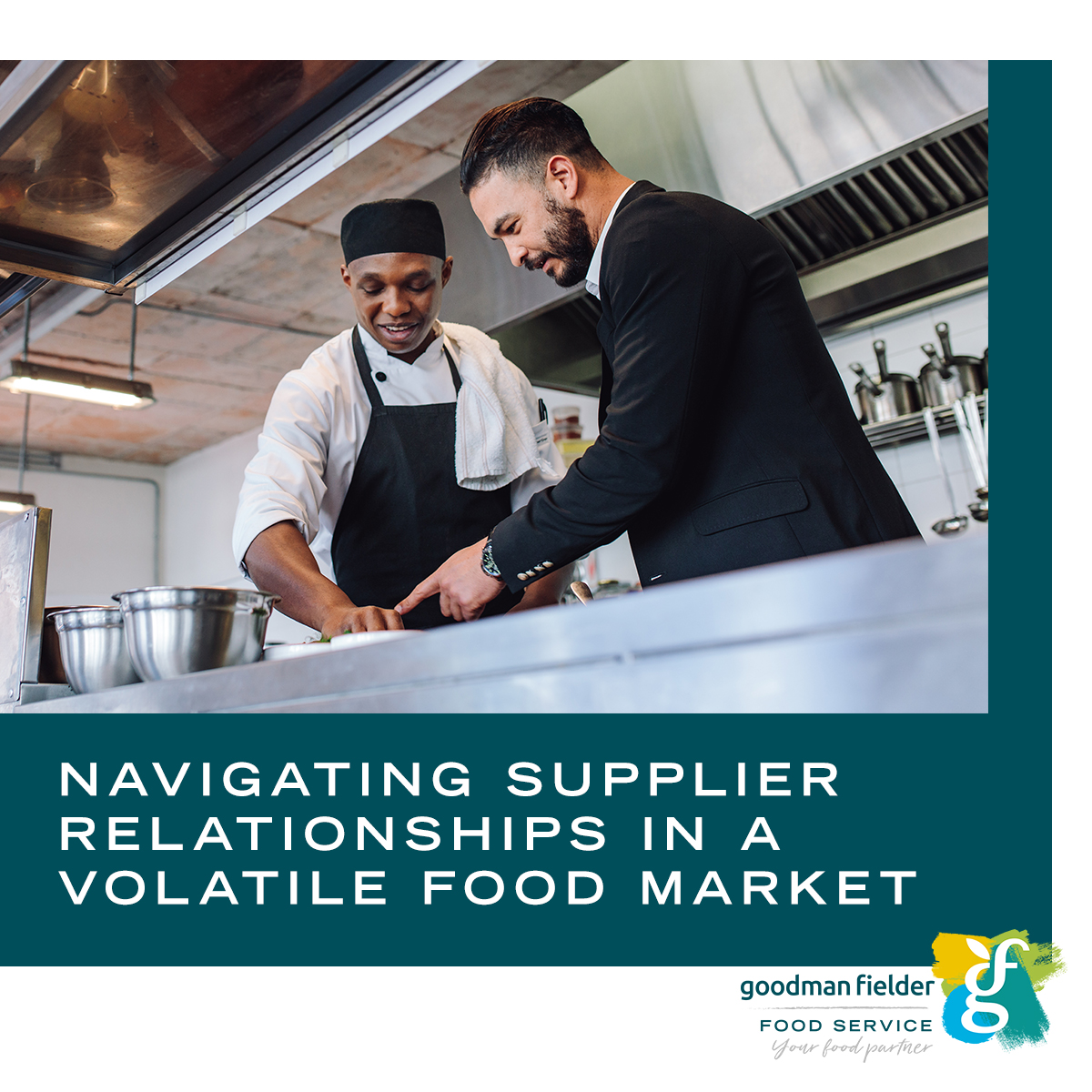
They say too many cooks spoil the broth but too much – or too little – of even a single ingredient can do far more damage to a kitchen’s output. The safeguard is inventory management, which is an essential part of any food business. Effective inventory management can prevent food wastage, keep costs under control and ensure kitchen staff have what they need, when they need it. Here are five tips on how to successfully manage your kitchen’s inventory, and three common mistakes to avoid.
What is inventory management?
Inventory management is the secret ingredient in any successful restaurant. A rolling record of what’s on hand against how much is required, a kitchen’s inventory should provide a clear snapshot of what’s being used, how often and at what cost. It should also change as often as the menu, taking into account patterns of use that emerge over time.
It’s not just for food either. Your non-consumables – from tongs to tablecloths – should also make the list, but food is where all the difference lies. While it may seem like an overwhelming and laborious task, it doesn’t have to be. Taking things little by little and getting into a routine, along with our tips below, are the key to tightening up your kitchen and improving your bottom line.
The hidden benefits of inventory management come to light when used in conjunction with innovative tools of the trade such as stock forecasting systems or the Goodman Fielder Food Service recipe calculator. By determining precisely what each recipe on your menu requires, the cost of each ingredient and the price of the final meal, you can plan ahead in terms of use and expenditure, and stay ahead in terms of profit.
5 tips for effective inventory management
- The first rule of inventory management is First In, First Out – which means that the first goods received should be used first. It’s a system designed to prevent food from languishing on shelves and passing the expiry date. To make it work, you need to clearly label and date all containers and keep older items at the front of your shelves.
- Restaurants routinely over-order – a bad habit that sees tonnes of food spoil before it’s even used – and spoiled food is money wasted. A carefully managed inventory keeps track of use-by dates so you can stay one step ahead of the rot.
- Automation is increasingly changing the way we work, and the process of inventory management is no exception. In addition to streamlining operations, a POS (point-of-sale) system can analyse your data to forecast needs into the future, plan orders and automatically reorder when stocks are low.
- Form a dedicated inventory team. If inventory management is performed by a regular group of employees specifically trained to handle the task, human error is reduced and your reporting will benefit from the consistency, experience and accuracy.
- Look for patterns in the data. Spoilage, over-ordering, over-portioning and even returned meals can highlight problems you didn’t even know you had. Once you recognise the issues, you can course-correct. The patterns will change to let you know you’re on the right track.
3 common inventory management mistakes
- Don’t rely completely on automation. Food businesses are living, breathing entities susceptible to the unpredictability of life. An automated POS system can’t account for human inefficiencies, spoilage, spillage or customer complaints. At the same time, an entirely manual system is outdated and prone to human error. Find the middle ground to get the best and most accurate result.
- Keep track of waste. If your food isn’t leaving your restaurant with satisfied customers, it’s critical to make a note of where it goes and why. Making this a regular practice can provide you with data that helps reduce the cost of future orders dramatically.
- Poor recipe management can become a financial monster. When chefs – each one a creative with their own preferences – are left to estimate what’s required, things can get a bit loose and discrepancies can emerge. That extra dash of whatever eventually adds up. Instead, use a recipe management calculator to maintain precise lists of what each recipe requires and determine the exact price of each meal.
Restaurants and food businesses that take full advantage of inventory management stay ahead. An understanding of the ins and outs of your kitchen can ultimately make a huge difference to your results: wastage is reduced, costs are kept under control and, most importantly, your kitchen has exactly what it needs to do what it does best.






